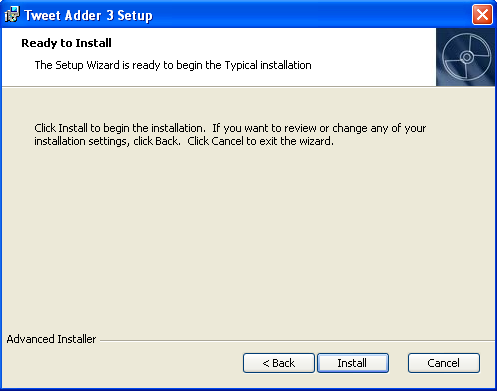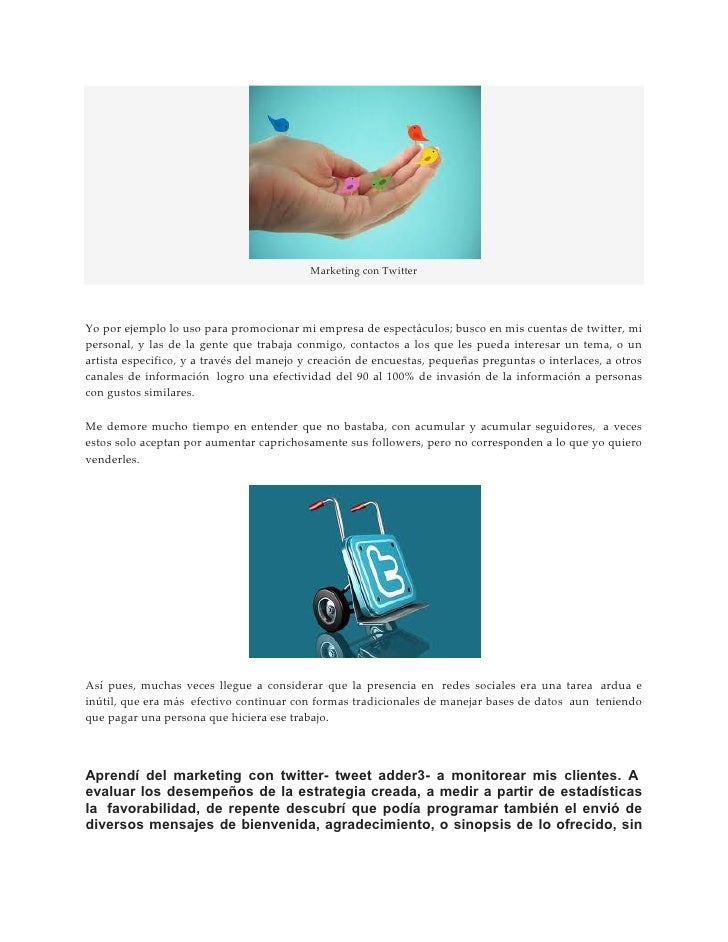

This means that your co-authors will get notified of the tweet and others can see who else is involved in the resesarch.Ĥ. If you have a lot of co-authors, remember that you can also tag authors in images as well. In addition, this gives your followers the chance to find more people to follow. Co-authored papers are a team effort, so you should acknowledge your team. You can either write this as text, or take a screenshot of it and then highlight the quote, using Skitch or other software.ģ. Find a striking quote from the paper to include in your tweet. You can add up to four images per tweet, so if you have more than one striking image you can take advantage of thisĢ. If you’re on your smartphone, you can also just take a screenshot and crop the image to your needs. Skitch is a handy app for screenshots, as you can easily annotate and highlight images. If there are no figures in your paper, you can just take a screenshot of the abstract or a particularly interesting part of the paper. Have a look through the paper to see if there’s a striking image that can be used. Add an image from the paper to go with the tweet. There are so many more types of tweets that you can compose, but I’m going to walk through how you can lift your game with these types of tweets, which are one of the main reasons many scientists are on Twitter.ġ. When a new paper is published, they’ll log on, post the title of their paper with a link to the paper, and then log off until their next paper is published.

This is one of the most common tweets you’ll see from scientists who aren’t very active on Twitter. You never know which tweets other people will find interesting.ģ.0.1 Tweeting about your own research papers I think the upside of more tweets outweighs the downside a few people unfollowing you because they think you tweet too much. But now, people tend to follow hundreds (sometimes thousands) of accounts, so this is harder to do. In the early days of Twitter (or any social network), where users didn’t follow that many people, it was pretty easy to flood someone’s timeline. In my opinion, I think it’s fairly difficult to tweet too much.

So, this means that the “too much” threshold is different for everyone. Whether you’re tweeting too much depends on how many people your followers are following, and how much they tweet. When it comes to tweet frequency, it’s hard to give any firm recommendations. You’re going to see a few examples of this below.

But as soon as you realise that the process of your work is just as interesting as the output, then things become much easier. But even when arriving at this point, many scientists hit a wall, because they believe they can only tweet the finished product of their work, which is typically papers. You also just learned about the “entertain or educate” principle, with any scientist ready to educate. Thanks to Chapter 1, you’re up to speed with the general mechanics of Twitter. But as a scientist, you are very well-placed to educate, no matter your level of training. Being entertaining doesn’t come naturally to most people, so don’t worry if this isn’t you. In other words, you should aim to help people either pass time or save time. But regardless of your subfield, the best way to engage your followers is to either entertain or educate. There is no easy answer to this, because every researcher and their subfield is different. The most common question I get at social media workshops that I’ve run is, “What should I tweet?”. Annoying topics (or users) clogging your feed.Highlighting your work on other platforms.Getting your tweet back in the feed again.5.0.1 Using a twitter thread to announce a new paper.3.0.3 Sharing information about yourself.3.0.2 Tweeting about other people’s research papers.3.0.1 Tweeting about your own research papers.2.0.10 How Personal should you tweets be?.2.0.6 The types of images and videos you can include with your tweets.A few comments about this book before we begin.Why write a book on Twitter for scientists?.


 0 kommentar(er)
0 kommentar(er)
